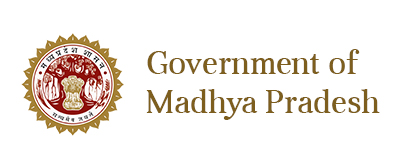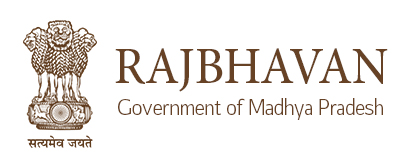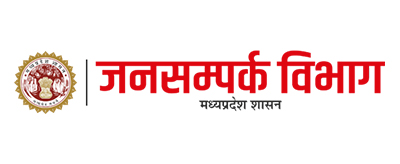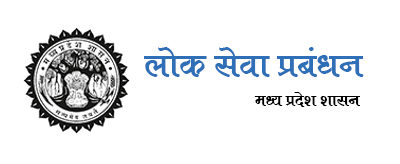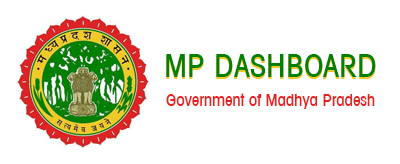Achanakmar – Amarkantak Bio Reserves
- »Architectural Planning and Design Division
- »Green Building Services
- Environment Engineering and Project Division
- »Preparation of DSoR
- »National River Conservation Plan
- »National Plan for Conservation of Aquatic Ecosystems (NPCA)
- »Solid & Liquid Waste Management under RSBM
- »Vision Document for development of town for UADD
- »Waste Paper Recycling Unit
- »Project Management Consultancy/ Supervision and Quality Control
- »Conservation of Urban Water bodies
- »Landscaping and beautification
- »Structural design & Vetting
- »Green Ganesh Campaign
Achanakmar-Amarkantak Biosphere Reserve
Achanakmar-Amarkantak Biosphere Reserve has been designated for inclusion in the world network of Biosphere Reserves on 11th July 2012.
Ministry of Environment and Forests, Government of India has designated Achanakmar- Amarkantak area, falling in Madhya Pradesh and Chhattisgarh States, as Biosphere Reserve (vide notification no. 9/ 16/ 99 -CS/ BR dtd 30th March, 2005) on the basis of Project Document prepared by Environmental Planning & Coordination Organization (EPCO), Bhopal and subsequently concurrence of MP and Chattisgarh State Governments. This is an Interstate Biosphere Reserve. This is a 14th BR of the country and 2nd BR of Madhya Pradesh and 1st BR of Chhattisgarh.
It extends across the states of Madhya Pradesh and Chhattisgarh, covering a total area of 3835.51 km2. The BR is located in the northern part of Bio-Geographic zone 6 and Bio-Geographic province 6 A (Deccan peninsula and Central highlands). About 68.1% of this reserve lies in the Bilaspur district in Chhattisgarh. The other major portions of the reserve are in the Anuppur (16.20%) and Dindori (15.70%) districts of Madhya Pradesh. The protected area of the Achanakmar Wildlife Sanctuary is located in the Bilaspur district within the Biosphere Reserve.
The Achanakmar-Amarkantak Biosphere Reserve (AABR) has been divided into core and buffer zones. The Achanakmar Sanctuary is designated as the core zone of the reserve covering an area of 551.55 km2, and the remaining area 3284.36 km2 serves as the buffer zone of the reserve. The buffer zone is spread across 2 states; an area of 1224.98 km2 lies in the Madhya Pradesh and the remaining area of 2058.98 km2 are in Chhattisgarh.
The Tropical Forest Research Institute, Jabalpur demarcated AABR into Core, Buffer and Transition Zone. As per TFRI the core area of the BR is 551.55 sq. km., falls in Chhattisgarh state. It is surrounded by buffer and transition zone area of 3283.96 sq. km., out of which 2058.98 sq. km. falls in Bilaspur and Marwahi forest divisions of Chhattisgarh and 1,224.98 sq. km in Dindori and Anuppur forest divisions of Madhya Pradesh. However, the same is not notified by Ministry of Environment, Forests and Climate Change, GoI.
The topography of the biosphere reserve varies from the lowland rice fields in Bilaspur and Anuppur and the wheat fields in Dindori to the hills of the Maikal range of Satpuras. It separates the rivers that drain into the Arabian Sea and the Bay of Bengal. The reserve is also the source of three major river systems: the Narmada, the Johila and the Son River. Maikal hill ranges together with Vindhya and Satpura lie within the Achanakmar-Amarkantak Biosphere Reserve.
The floral and faunal composition of the Achanakmar-Amarkantak Biosphere Reserve is quite rich in terms of diversity & abundance. The region provides shelter to various thallophytes, bryophyte, pteridophytes, and gymnosperm and angiosperm species.
As per TFRI, Jabalpur a total of 1527 species of flora and 324 species of fauna have been reported in the area. TFRI in its publication BRIS Vol. 3 (1 & 2) mentioned 28 threatened species of flora and 55 threatened species of fauna belonging to various groups.
According to the 2004 census, the Achanakmar Sanctuary is home to 26 tigers, 46 panthers, 28 bears, 1936 Chitals, 1369 sambars, 376 barking deer and 552 bison (gaur). Other important fauna species found in the reserve include the blackbuck, chinkara, wolves, foxes, jackals, wild boar, monkeys and giant squirrels.
The total area of AABR covers a total of 416 villages and 2 urban agglomerations. Out of the total villages 349 falls under revenue villages and remaining 67 falls under forest village category. Out of total villages of the BR area 171(74 in Dindori and 97 in Anuppur) falls in MP and remaining 245 villages fall in Chhattisgarh.
Excessive exploitation of natural resources and threat to gene pool, wild life and meadows\ open glades and indigenous knowledge are the major critical issue of AABR. While arrested succession due to unwanted weeds, threats to indigenous crops, vegetables & fruit bearing trees as well as unregulated use of chemical fertilizers & pesticides are the key concern in BR villages. The problem of water pollution in river Narmada Amarkantak plateau has been addressed many times due to discharge of domestic sewage from several ashrams and institutions through some local drains





